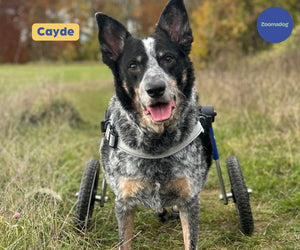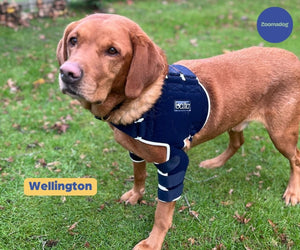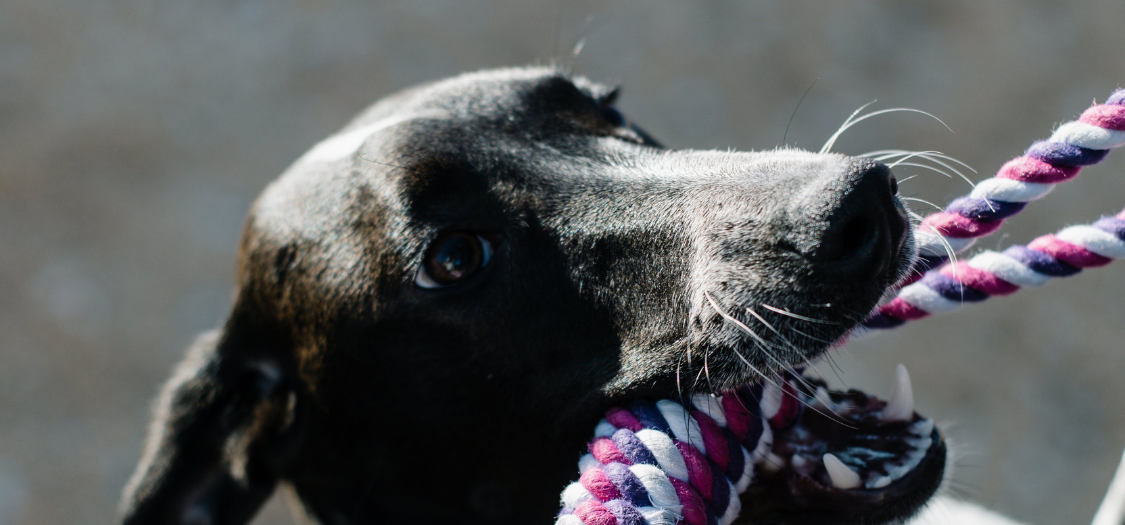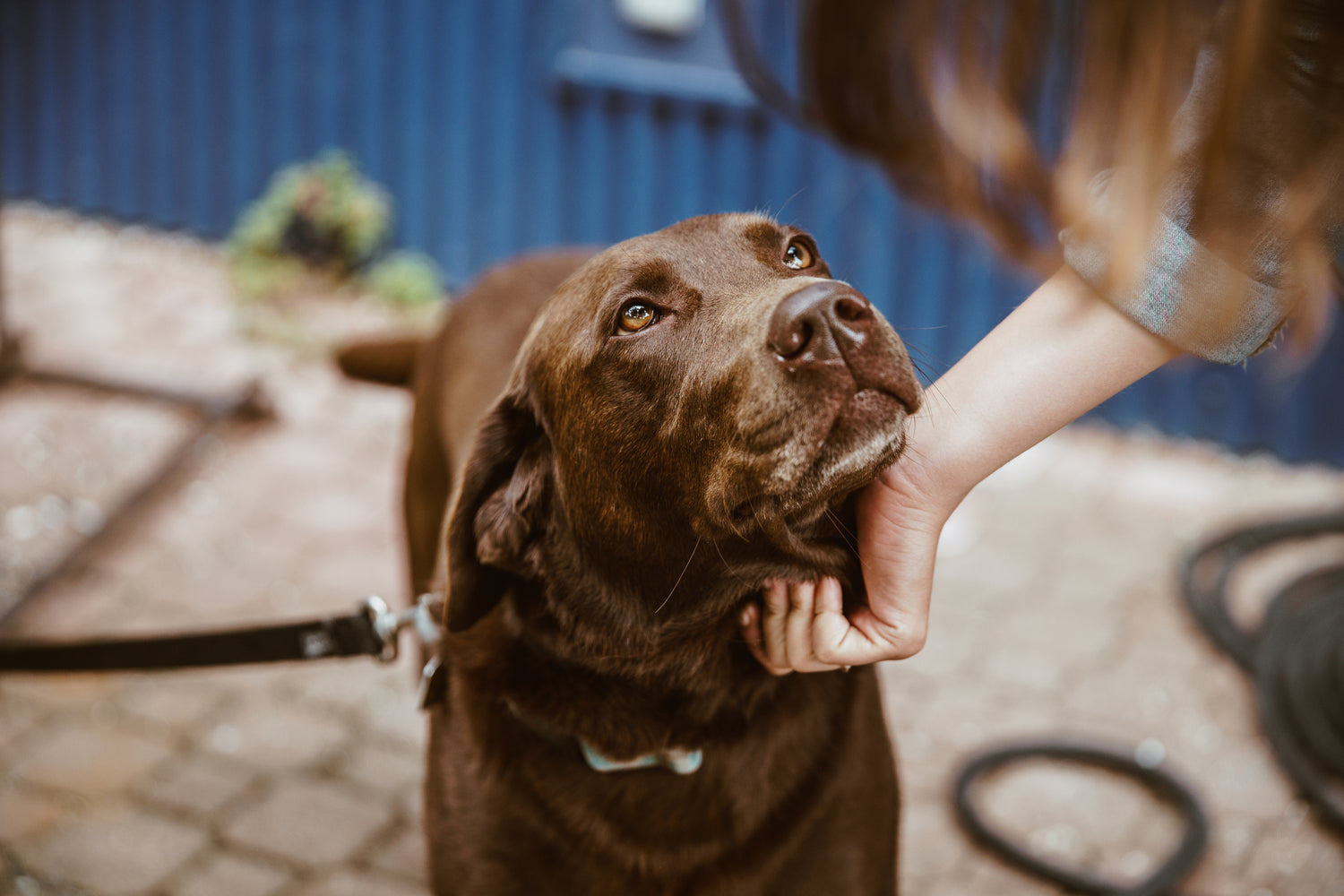Surgically removing your greyhounds corn or even digit amputation is sometimes suggested, but is widely acknowledged to be a last resort.
What does Corn Surgery Involve?
Surgery involves an incision, which may be very deep, into your greyhound’s paw. Healing can be difficult and the infection risk can also be high.
Moreover, there's no guarantee that the corn won’t simply come back. In fact it very often does. If you must have surgery performed, laser surgery is likely the best way to go.
Laser Surgery is Most Popular
Laser surgery is a relatively new treatment option which is starting to be used with good results. The vet uses a laser to “kill off” the corn.
Because it's a new treatment, not all vets are able to do this however, so you may have to do a bit of searching to find ones which do.
What Types of Corn Laser Surgery Is Avaliable?
-
Hulling: this is a popular surgery. The corn is drilled out by a dental elevator or Demel drill.
-
Excision: is a procedure that removes the entire corn by removing a deep wedge of tissue. The paw pad is then sutured. This treatment takes place under a general anesthetic. Complete surgical excision has the best long-term results. Even so, there’s a 50% recurrence of corn within a year. This is because the underlying anatomical cause remains unaddressed. Often, the underlying cause won’t be apparent. It might be the result of a previous injury or degenerative changes. When that’s the case, the corns re-appear on the same digit.
-
Amputation of the last joint: but preserving the pad. This can produce a permanent resolution of the corn. However, this surgery is often unsuccessful. It's difficult to position the pad in an unnatural position over the stump of the toe.
-
Amputation of the entire digit: the ultimate treatment is amputating the whole digit with the corn. This is a permanent removal of the problem. There aren’t usually untoward consequences to this surgery.
-
Greyhound Corn Tendectomy / Flexor Tenotomy: read more below
What is Greyhound Corn Tendectomy / Flexor Tenotomy Surgery:
Some vets consider this the ‘gold standard’ treatment for corn on a dog’s foot. It’s given excellent results to date. The surgery removes dogs from pain and gives them an exceptional quality of life.
The benefit of this surgery is that it’s considered easy to perform, and recovery is quick. The surgery site heals on average in 10 days, and lameness improves.
The flexor tendon of the affected toe is cut just below the wrist (hock) in a greyhound. The rationale for this surgery is that cutting the tendon unloads the paw pad. This, in turn, reduces pressure, causing the lameness to resolve and the corn to grow out and disappear.
What do the Results say
- A study was conducted on 29 greyhounds with corns treated with tendonectomy surgery. It found that 26 of 29 greyhounds had an improvement.
- 3 of the greyhounds didn't show an improvement. They had pre-existing conditions that affected their recovery.
- At the 6-8 week period, only 21 dogs remained in the study. Of these, 17 showed NO lameness, and 4 dogs had slight lameness remaining.
- All owners were satisfied with the outcome. The greyhounds were happier and willing to exercise normally.
Try Dog Boots as a First Step
Many greyhound owners have great success with they greyhounds and boots, many dogs stop limping as soon as they put a pair on. This is because the boots are protecting the corn from touching the ground, and mean your greyhound won't feel the main of the corn.
Join the Excellent Facebook Group
There is an excellent Facebook group called 'Greyhounds with Corns' especially designated to greyhounds with corns. Greyhound owners share ideas, treatments and frustrations with corns.
Join the Facebook group Greyhounds with Corns here.











Leave a comment